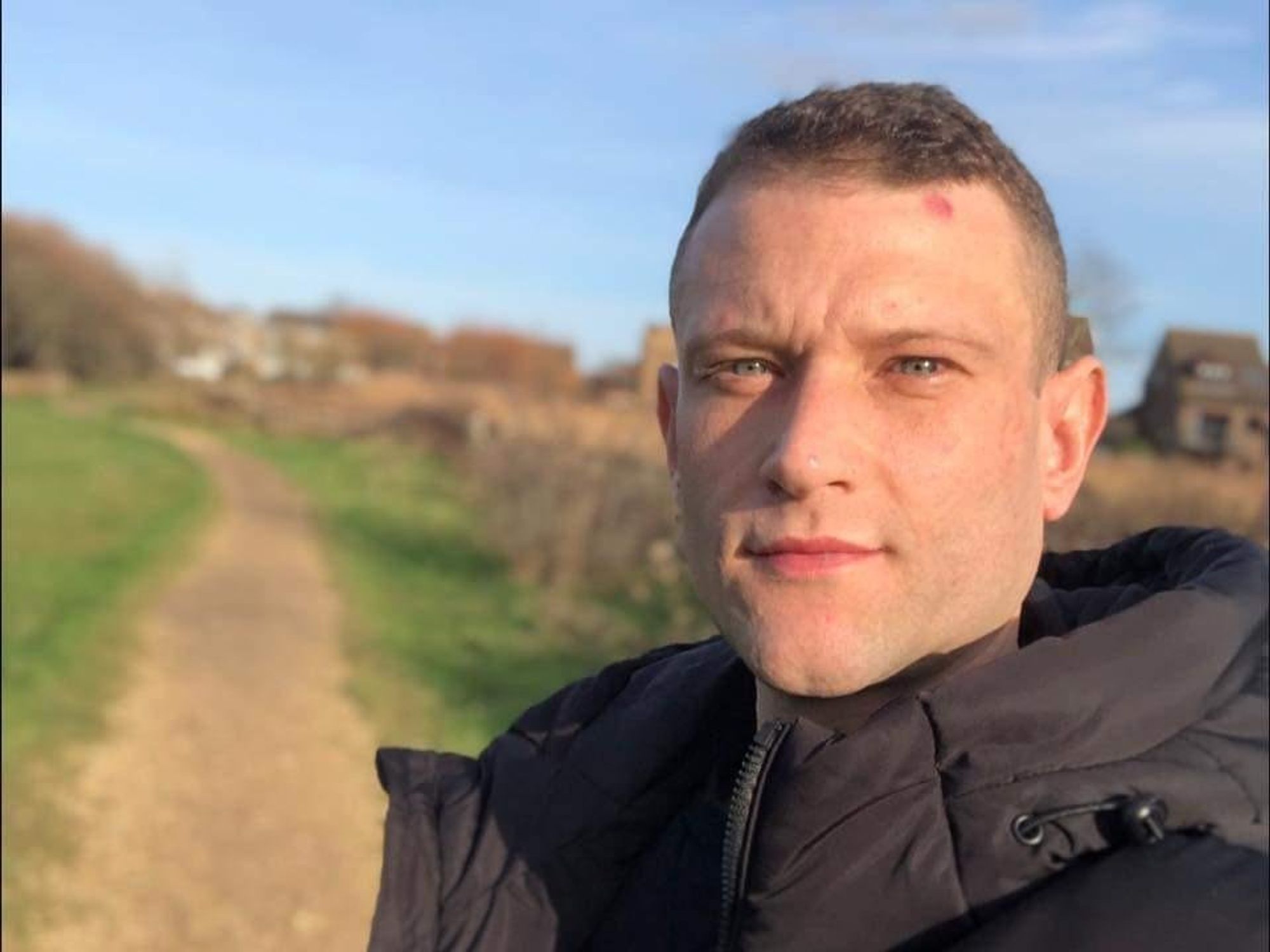Amelia Earhart breakthrough is 'promising' admits family as 87-year-old mystery may finally be over
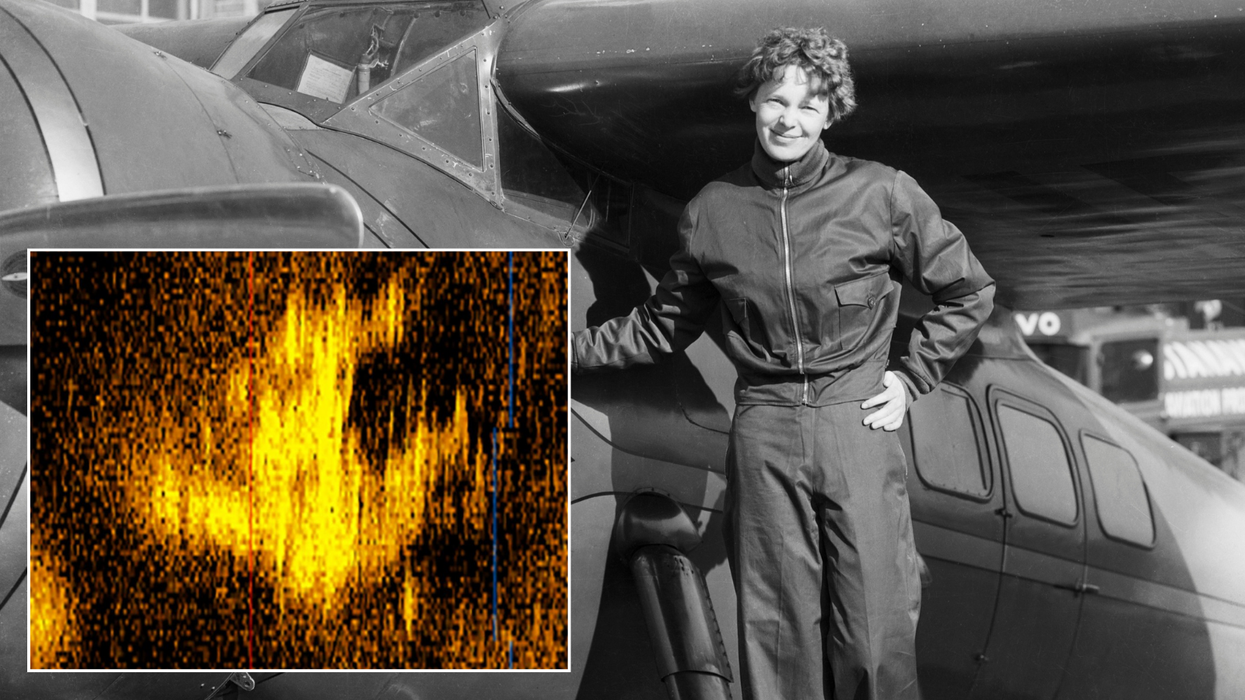
Amelia Earhart's family say a new breakthrough is the 'most promising lead' yet
|Getty/Deep Sea Vision

The pioneering pilot vanished into thin air on July 2, 1937
Don't Miss
Most Read
Latest
Amelia Earhart’s family have said a new breakthrough is the “most promising lead” yet in the 87-year-old mystery search for the pilot.
A search over the Pacific Ocean has pinged what could be the aviator’s long-lost airplane.
“We feel like this is more likely than anything that's come up... The image they got does look like a plane, and it is in about the right place where Amelia would've crashed,” said Bram Kleppner, Earhart’s great-nephew.
The pioneering pilot vanished into thin air on July 2, 1937, as she attempted to become the first woman to circumnavigate the Earth. Her whereabouts have become a mystery that has spanned decades.
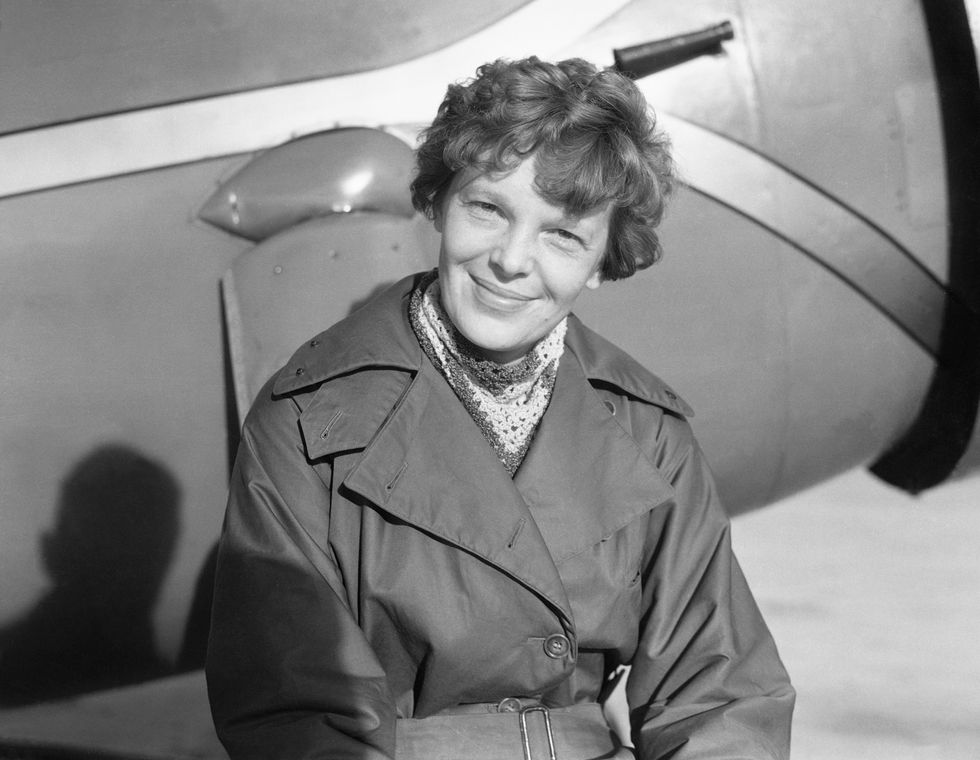
Earhart was the first woman to fly solo across the Atlantic in 1937
|Getty
However, three weeks ago, US Air Force intelligence officer Tony Romeo captured sonar images which he is “certain” is Earhart’s plane the Electra on the ocean floor.
The pictures were taken within a 100-mile radius of Earhart's planned destination, the remote Howland Island more than 3,700 miles northeast of Australia.
Under his company Deep Sea Vision, Romeo launched a 90-day mission to search for the missing aviator in September last year, with his team searching 5,200 square miles of the Pacific Ocean floor.
The photos were captured by an underwater submersible at a depth of 16,000ft.
LATEST DEVELOPMENTS:
- MH370: Missing Malaysian Airlines flight could be found in '5 to 15 days' as investigators call for new search
- MH370: New information to be published in just MONTHS and fresh search could begin this year
- Three dead after British-made hot air balloon blown up following crash into high-voltage power lines
Kleppner said that his family had almost given up hope of finding an answer to Earhart’s whereabouts: “There have been many, many searches, and really, not a single shred of evidence has ever turned up,” he told Fox News.
“I would say we have learned not to expect anything from these searches.”
Prior to the search, Romeo tracked down Kleppner’s mother, the last living family member who had met Earhart, a move which Kleppner appreciated.
Earhart’s great-nephew said the family would like to see her remains returned and buried in Atchison, Kansas.
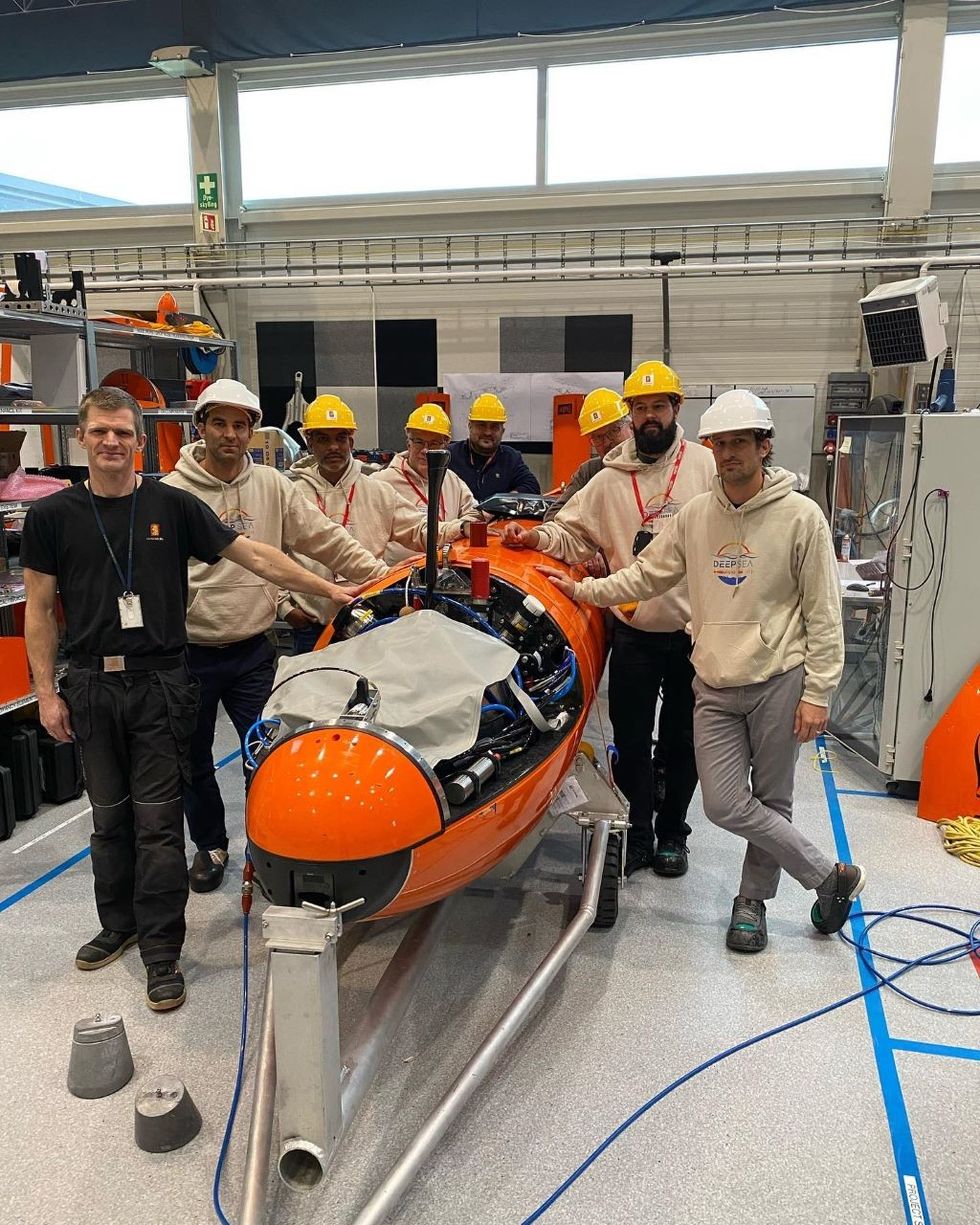
The Deep Sea Vision crew during the 90-day search
|Deep Sea Vision
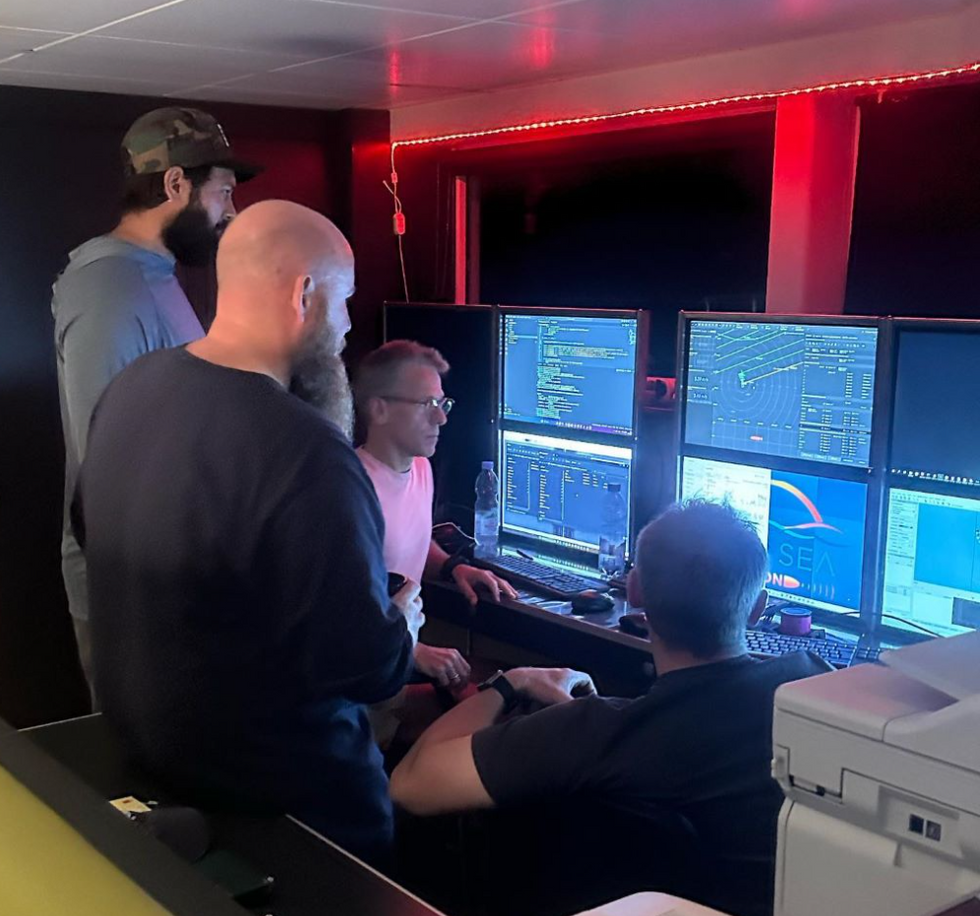
The Deep Sea Vision crew during the 90-day search
|Deep Sea Vision
They would also like to see the wrecked plane donated to the Smithsonian Museum in Washington DC.
Earhart was the first woman to fly solo across the Atlantic in 1937.
She hoped to become the first woman to fly around the world but vanished on July 2, 1937, with navigator Fred Noonan after taking off from Lae, Papua New Guinea.
Some experts suggest Earhart and Noonan ran out of fuel and ditched the twin-engine Lockheed Electra on the ocean surface near Howland Island.





